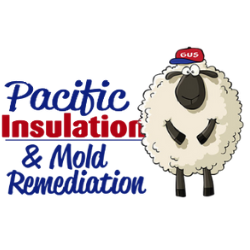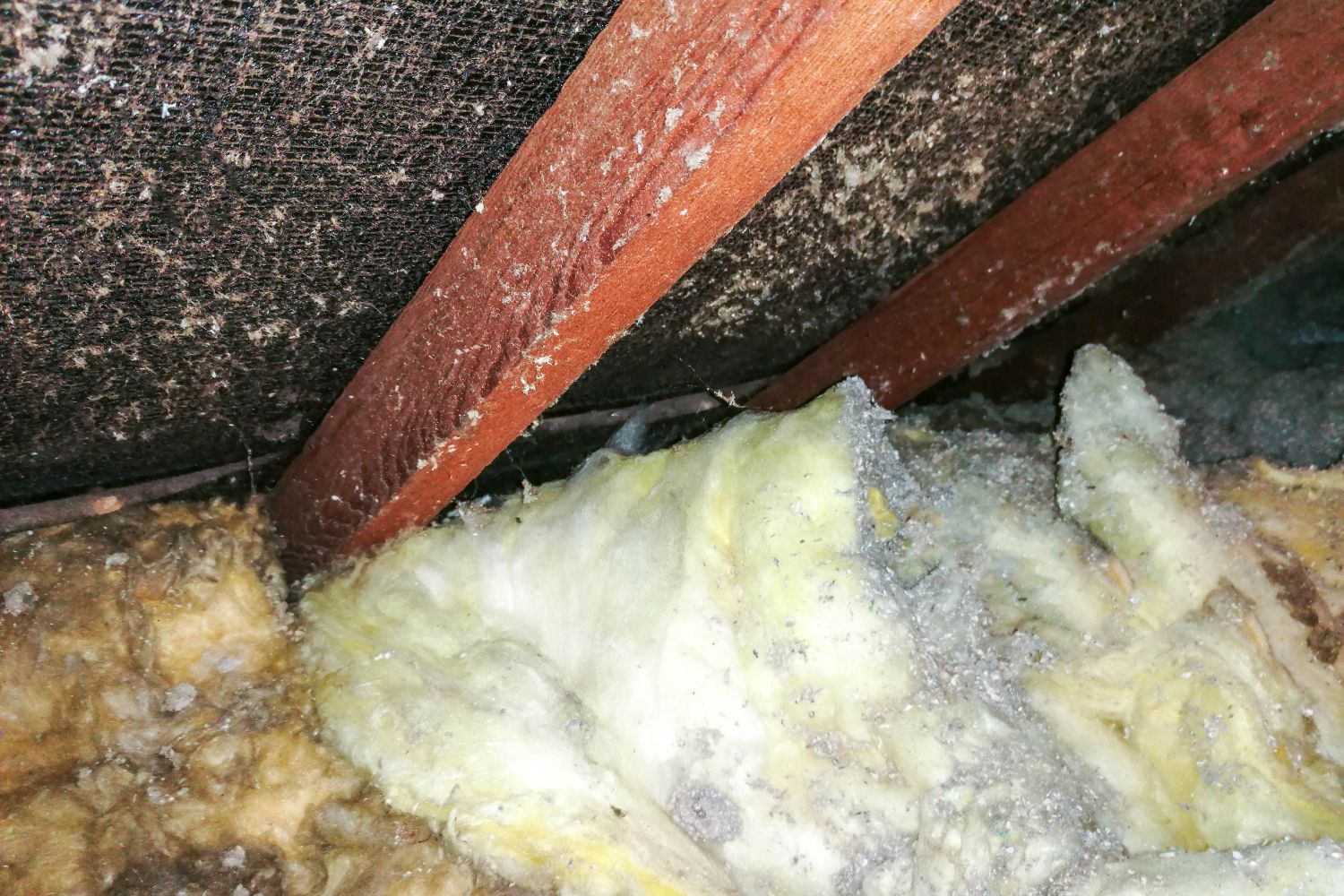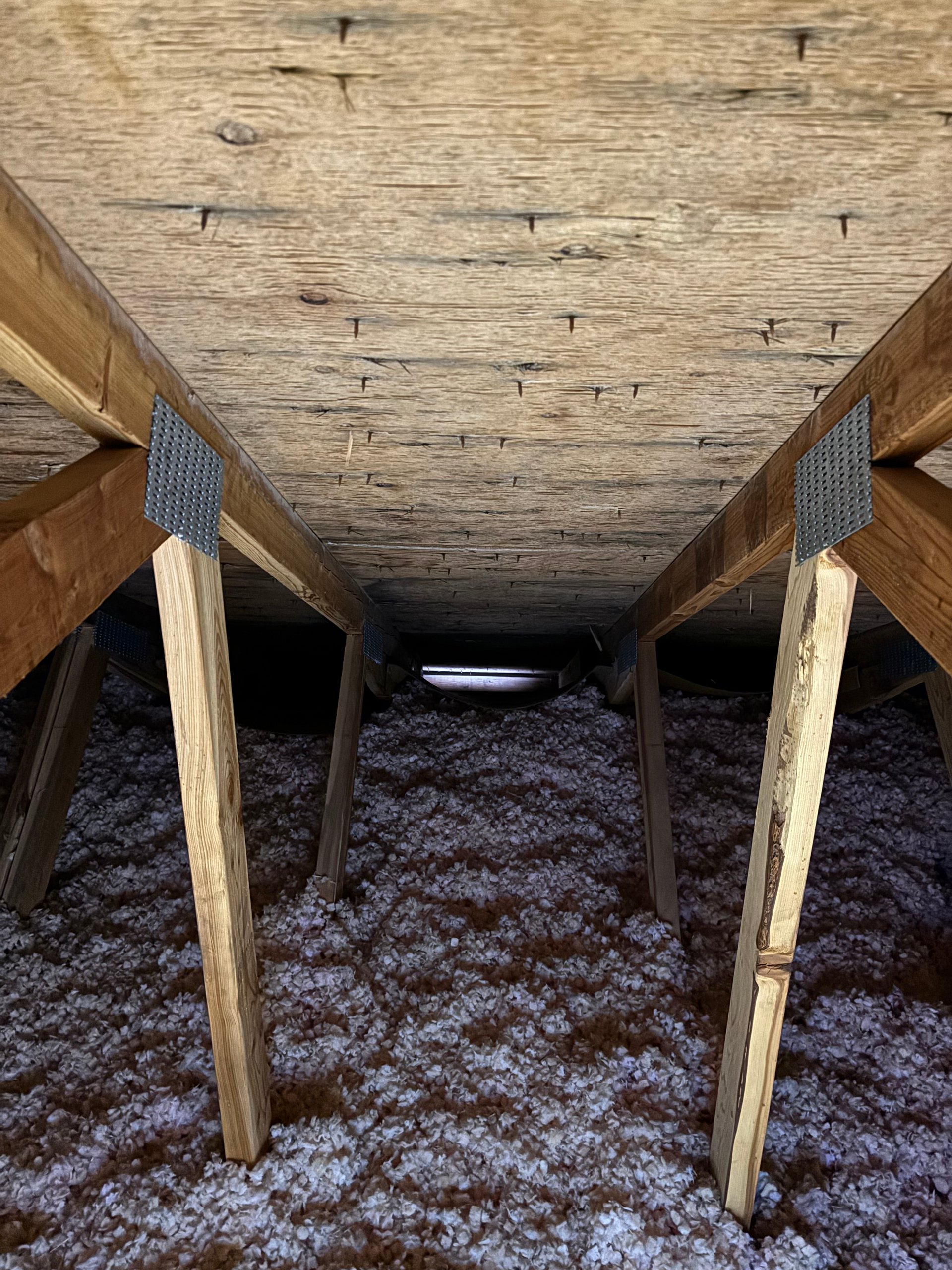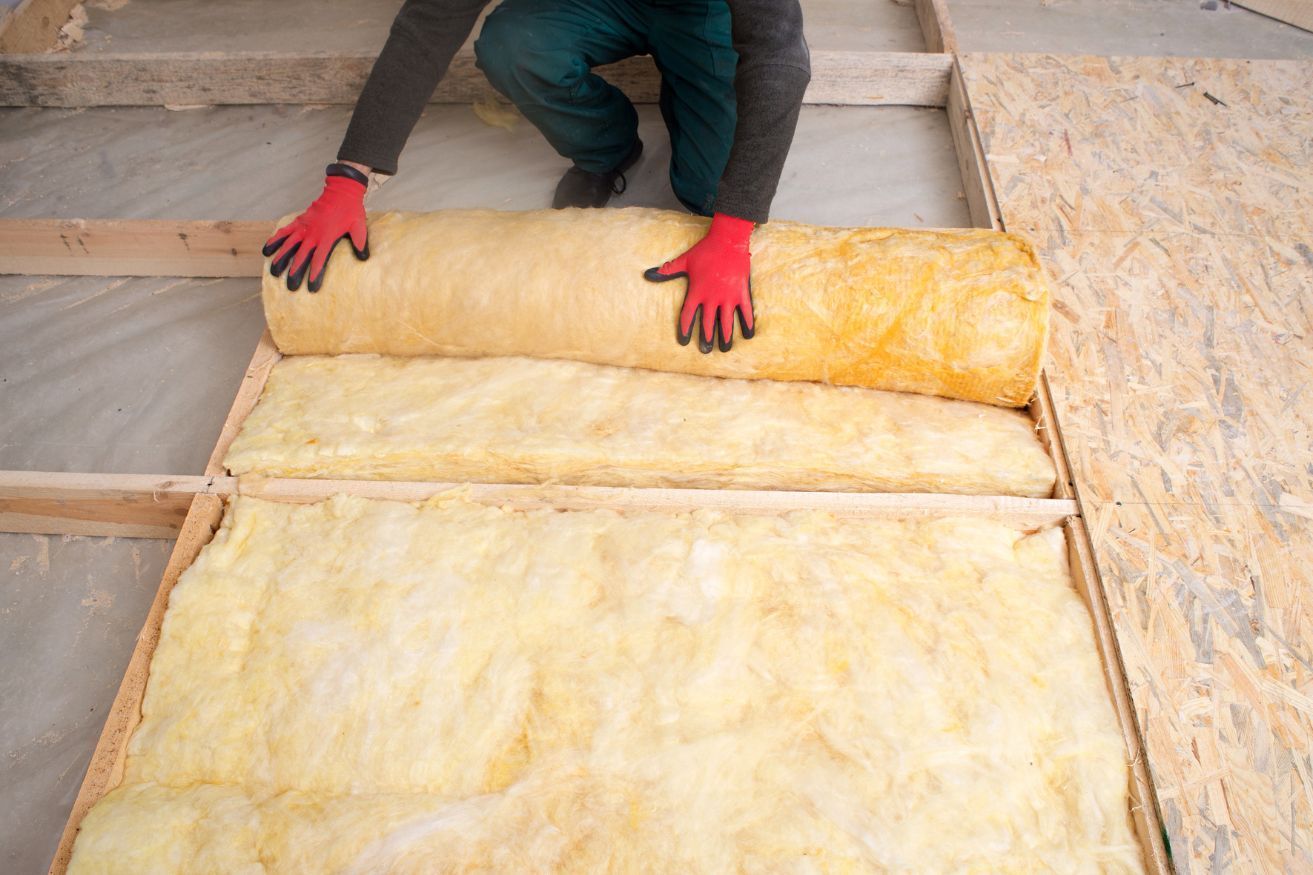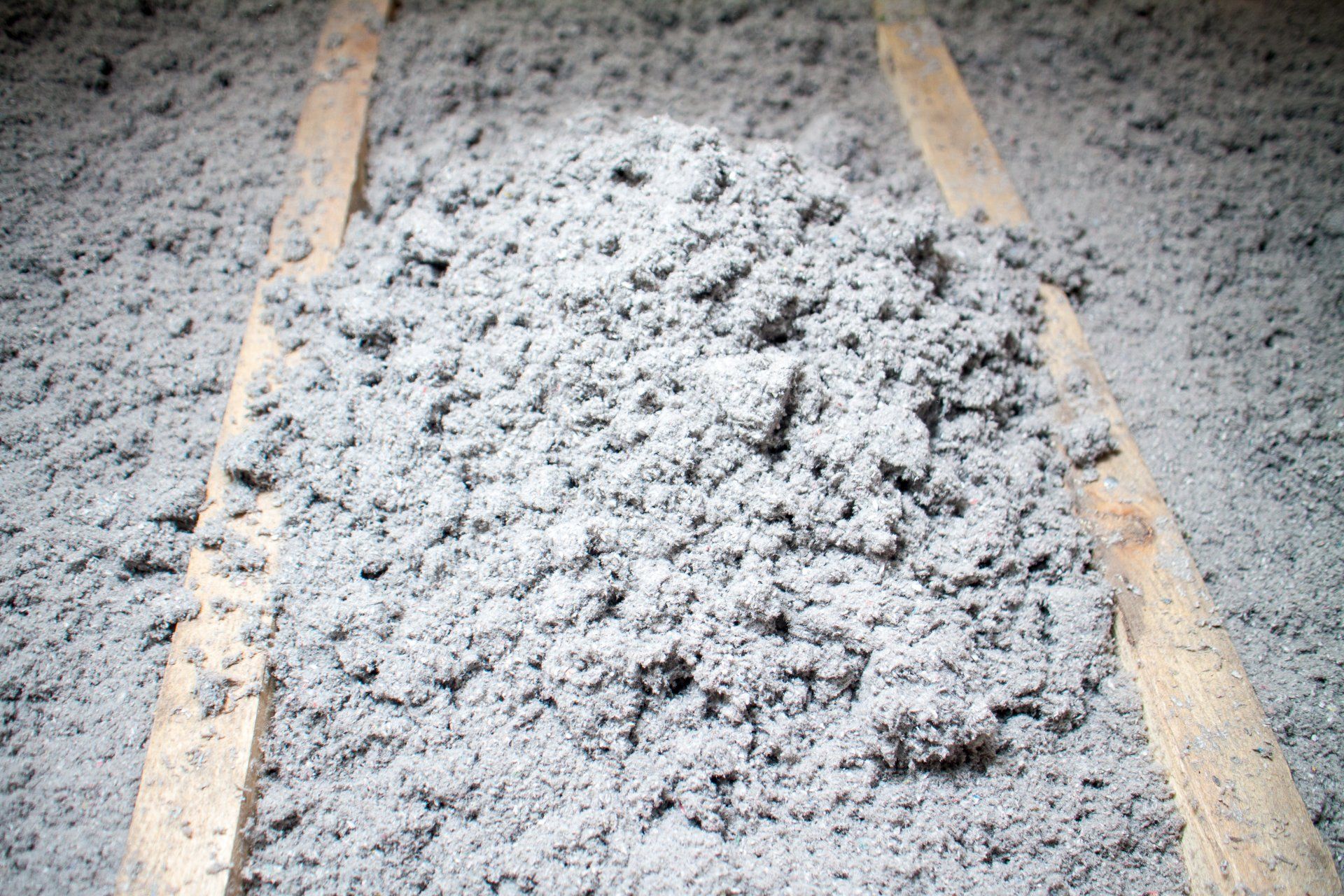Understanding Attic Insulation Removal Expenses
Navigating the expenses involved in attic insulation removal can feel overwhelming, particularly if you're not familiar with the technicalities of thermal dynamics and insulation materials. However, there's no need to worry. We're here to simplify the process for you. This guide is tailored for building contractors seeking to make informed decisions about insulation materials and HVAC technicians aiming to optimize system performance. By the end, you'll have a clearer understanding of the costs involved in attic insulation removal and replacement, empowering you to handle your projects with confidence.
What Factors Influence Insulation Removal Costs?
When it comes to assessing the expenses associated with removing attic insulation, several critical factors come into play. Understanding these variables can significantly aid in estimating costs with greater accuracy, allowing for more precise budgeting and financial planning.
Type of Insulation
The type of insulation installed in your attic is a primary determinant of removal costs. Different insulation types present unique challenges and requirements:
- Blown-in Insulation: Often made from cellulose or fiberglass, this type is generally more affordable to remove. However, the process can be quite messy, requiring thorough cleanup to ensure no residual material is left behind. This type is popular due to its cost-effectiveness but demands careful handling to avoid the spread of particles.
- Spray Foam Insulation: Known for its superior sealing properties, spray foam insulation can pose more challenges during removal. Its adhesive nature often necessitates specialized handling, making it more costly. Removal usually involves cutting tools and protective gear, adding to the labor intensity and overall expense.
- Batt Insulation: Typically composed of fiberglass or mineral wool, batt insulation is often easier to remove. Despite this, costs can fluctuate based on how intricately the insulation is installed, particularly in attics with unusual shapes or obstructions that complicate the removal process.
Size of the Attic
The dimensions of your attic have a direct impact on removal costs. Insulation removal is frequently priced per square foot, meaning larger attics will naturally incur higher expenses. Understanding the average cost per square foot can be beneficial for creating a realistic budget. Larger spaces may also require more labor and time, influencing the overall cost.
Condition of the Insulation
The current state of your insulation is another key factor. If the insulation is damp, moldy, or infested with pests, additional precautions are necessary. Addressing these issues can increase both the complexity and cost of removal. Special treatments or disposal methods may be required to safely manage contaminated materials.
Accessibility
The ease with which workers can access your attic significantly affects the cost of insulation removal. Attics that are difficult to reach or have limited entry points may require additional labor and equipment, driving up expenses. Tight or awkward spaces may necessitate specialized tools or techniques to ensure safe and effective removal.
How Much Does It Cost to Remove Attic Insulation?
Understanding the potential costs of attic insulation removal is vital for planning and budgeting. While expenses can vary based on the aforementioned factors, having a general idea of the cost range can be beneficial.
Blown-In Insulation Removal Cost
Removing blown-in insulation typically costs between $1 and $2 per square foot. The price can fluctuate based on the material—fiberglass or cellulose—and the condition of the insulation. This type of removal often involves vacuuming equipment to effectively collect and dispose of the loose particles.
Spray Foam Insulation Removal Cost
Spray foam insulation removal is more complex and labor-intensive, with costs generally ranging from $3 to $5 per square foot. This higher cost is attributed to the need for specialized equipment and techniques to safely and effectively remove the foam without damaging the underlying structure.
Average Cost to Remove and Replace Attic Insulation
Overall, the average cost to both remove and replace attic insulation can fall between $1,500 and $4,000. This range is influenced by factors such as attic size, insulation type, and local labor rates. It's crucial to obtain detailed quotes from multiple contractors to ensure you're getting a fair price for the scope of work involved.
Why Remove Old Insulation?
The necessity of removing old insulation might not be immediately apparent, but it plays a crucial role in maintaining a safe and efficient home environment.
Improved Energy Efficiency
Old or damaged insulation can severely impact your home's energy efficiency, leading to elevated heating and cooling costs. By removing and replacing outdated insulation, you can ensure that your home maintains a consistent temperature, reducing energy consumption and lowering utility bills in the long run. This proactive approach not only improves comfort but also supports environmental sustainability.
Health and Safety
Old insulation can become a breeding ground for mold, mildew, and pests, posing significant health risks to inhabitants. Removing it is essential to eliminate these hazards and improve indoor air quality. This is particularly important for individuals with allergies or respiratory conditions, as contaminated insulation can exacerbate health issues.
Enhanced Comfort
New insulation offers superior temperature regulation, ensuring your home remains comfortable throughout the year. Additionally, modern insulation materials often provide better soundproofing, reducing noise pollution from outside and contributing to a more peaceful living environment. This added comfort can enhance overall well-being and quality of life.
DIY vs. Professional Insulation Removal
While the idea of tackling insulation removal as a DIY project may seem appealing, there are compelling reasons to consider professional assistance.
Expertise and Safety
Professionals possess the expertise required to handle insulation safely and effectively. They are trained in dealing with hazardous materials and ensure proper disposal, minimizing risks to both health and the environment. This expertise is crucial for maintaining safety standards and avoiding potential complications.
Time and Efficiency
Insulation removal can be a time-consuming endeavor, especially for those lacking experience. Professionals have the necessary tools and knowledge to complete the job efficiently, saving you time and effort. Their streamlined approach ensures that the project is completed quickly and accurately, reducing potential disruptions to your daily life.
Comprehensive Service
Hiring professionals provides the advantage of a comprehensive service, which includes removal, cleanup, and, if needed, replacement. This ensures that the job is done thoroughly and correctly, leaving you with peace of mind and a properly insulated home. A professional service can also provide valuable recommendations for improving your attic's insulation and overall energy efficiency.
Conclusion
Understanding attic insulation removal expenses doesn't have to be complicated. By taking into account factors such as insulation type, attic size, and accessibility, you can estimate costs more accurately and plan your budget effectively. While DIY efforts might seem tempting, opting for professional removal offers safety, efficiency, and the assurance of a job well done.
Whether you're a building contractor aiming to provide optimal solutions for your clients or an HVAC technician seeking to enhance system performance, mastering the intricacies of insulation removal is essential. Equipped with this knowledge, you can make informed decisions that benefit both your projects and your customers, ensuring successful outcomes and satisfied clients.
Now that you're well-versed in insulation removal costs, you're prepared to approach your next project with confidence. By making informed choices, you can enhance the efficiency and comfort of any space you work on. Happy insulating!
